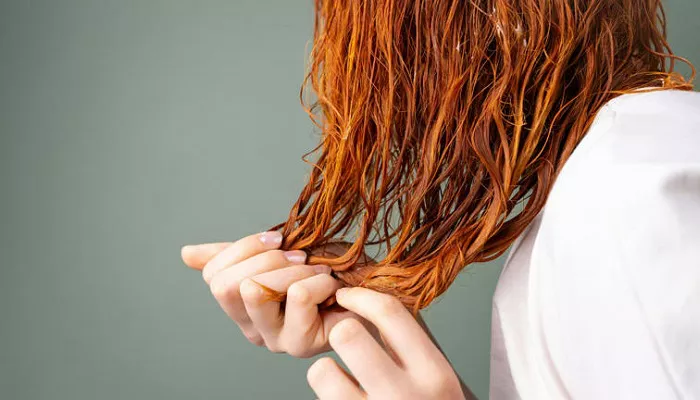If you’re noticing excessive hair fall in the shower or clumps of strands in your brush, the culprit may not be stress or seasonal change—it could be your shampoo.
While hair loss can stem from a wide range of causes, including genetics, aging, illness, hormonal imbalances, and nutritional deficiencies, dermatologists say one often-overlooked factor is the daily use of hair care products. Some ingredients commonly found in shampoos—even those marketed as “nourishing” or “repairing”—may actually worsen the problem by irritating the scalp or clogging hair follicles.
Below are three ingredients experts say you should watch for if you’re experiencing thinning hair:
1. Silicones: Shine at a Cost
Silicones are frequently added to shampoos and conditioners for their smoothing and detangling properties. They coat hair strands in a thin, plastic-like film, which gives the appearance of shine and softness.
However, dermatologists warn that this film can also block the scalp from absorbing essential nutrients, potentially suffocating hair follicles and disrupting the natural pH balance. “Silicones in shampoo can cause hair loss by coating the scalp so nutrients can’t be absorbed,” a dermatologist told SheFinds. Look for ingredients ending in -cone, -conol, or -siloxane on the label to identify their presence.
2. Parabens: Preservatives Under Scrutiny
Used to extend shelf life, parabens have become increasingly controversial. Suspected to act as endocrine disruptors, these preservatives can interfere with hormonal activity—an issue closely tied to hair health.
According to dermatologist Dr. Enrizza P. Factor, parabens can lead to “dryness and irritation of the scalp, discoloration of color-treated hair, and in some cases, hair loss.” While many brands are moving away from parabens, they still appear in older or more conventional product lines.
3. Sodium Chloride: Hidden Dryness
Often added as a thickening agent, sodium chloride (common table salt) can exacerbate dryness and scalp irritation. “This substance can dry out the scalp, cause redness and itching, and even damage hair follicles,” said Dr. Yoram Harth, medical director of MDhair. For individuals already experiencing scalp sensitivity or thinning hair, avoiding sodium chloride is strongly advised.
Choosing the Right Shampoo for Hair Loss
Fortunately, there are plenty of hair-friendly alternatives. Experts recommend the following tips when selecting a shampoo:
Avoid harsh additives: Look for products free of sulfates, silicones, parabens, and sodium chloride.
Check the ingredients: A shorter and simpler INCI (International Nomenclature of Cosmetic Ingredients) list is often a good sign.
Prioritize natural actives: Ingredients like nettle, rosemary, caffeine, and plant-based keratin can support hair health.
Opt for transparency: Choose brands that clearly disclose and explain their formulations.
Skip “2-in-1” products and strong fragrances: These are often more aggressive on the scalp.
Additionally, dermatologists suggest spacing out washes, massaging the scalp gently to boost circulation, and minimizing the use of heat styling tools.
Ultimately, healthy hair starts with the basics. By scrutinizing shampoo labels and making thoughtful choices, you can begin to restore scalp balance and support stronger, healthier hair—one strand at a time.
Related topics:
- Editors Endorse Pura D’Or Anti-Hair-Thinning Shampoo—Now Just $24 on Amazon
- David Luiz Opens Up About Hair Loss Battle After Viral Photo Sparks Fan Reaction
- John Frieda’s £20 Thickening Duo Earns Praise from Hair Loss Sufferers for Instant Results


